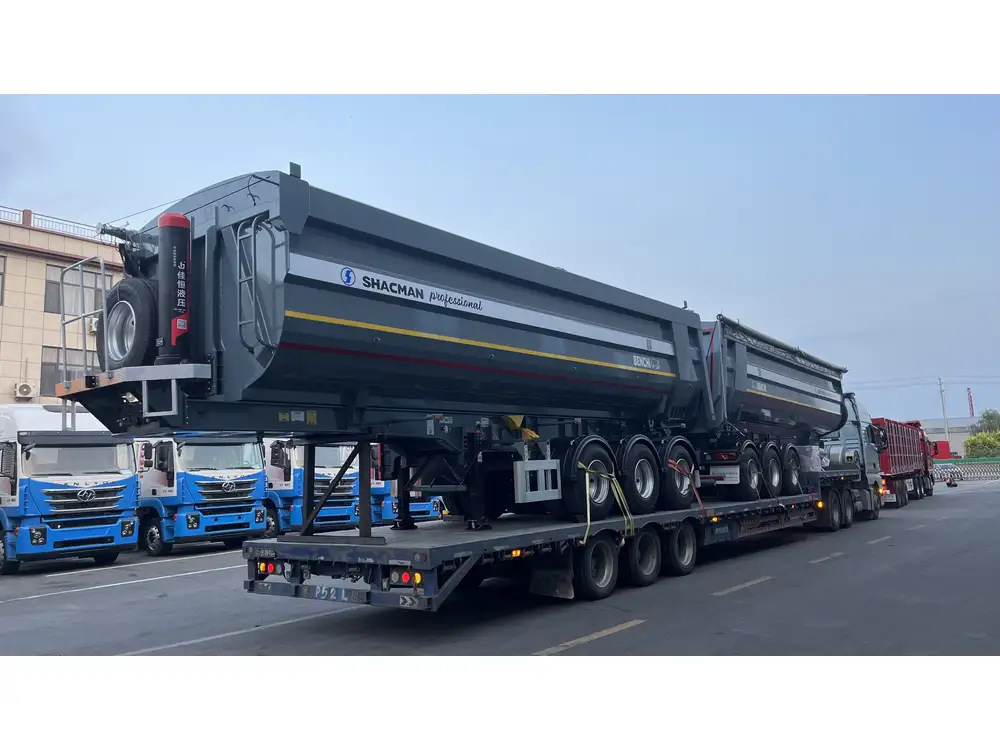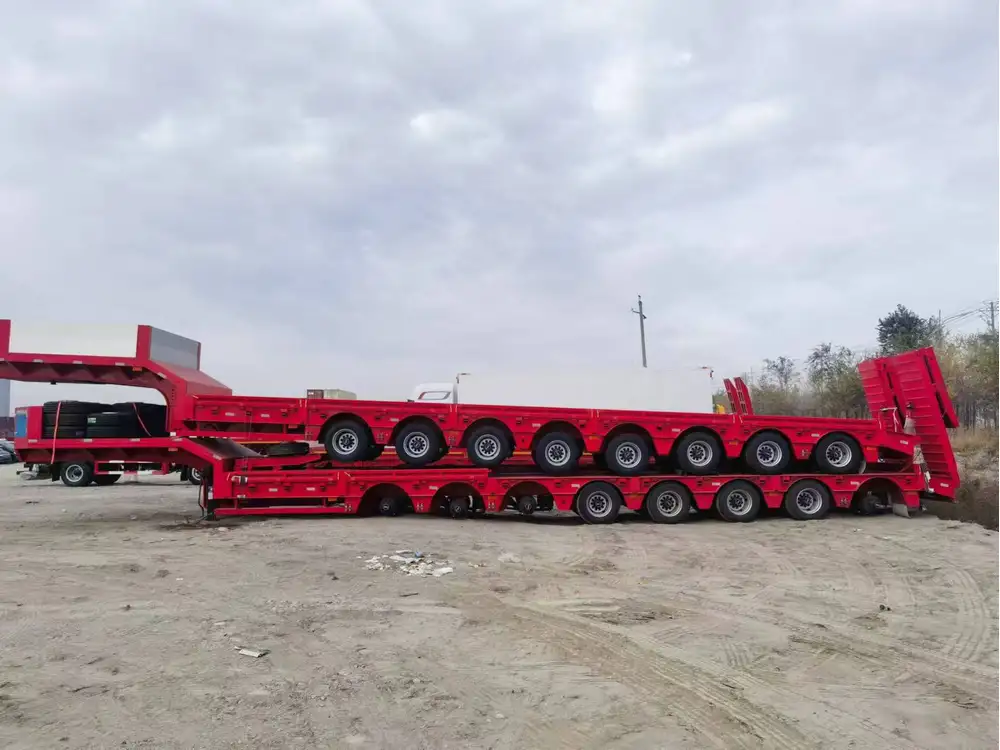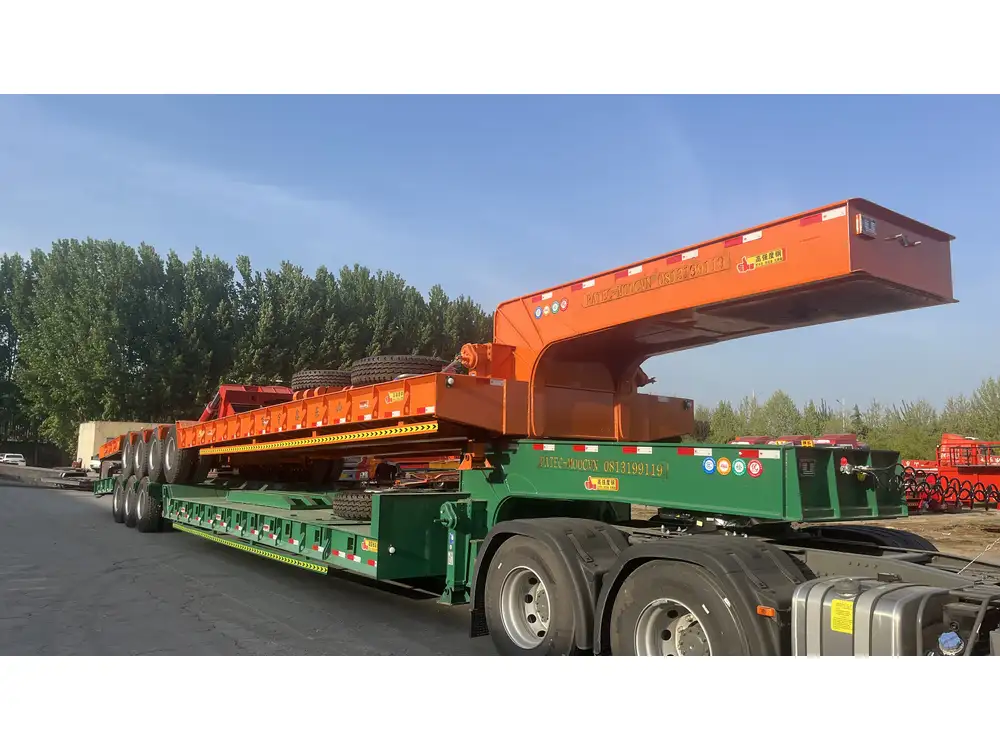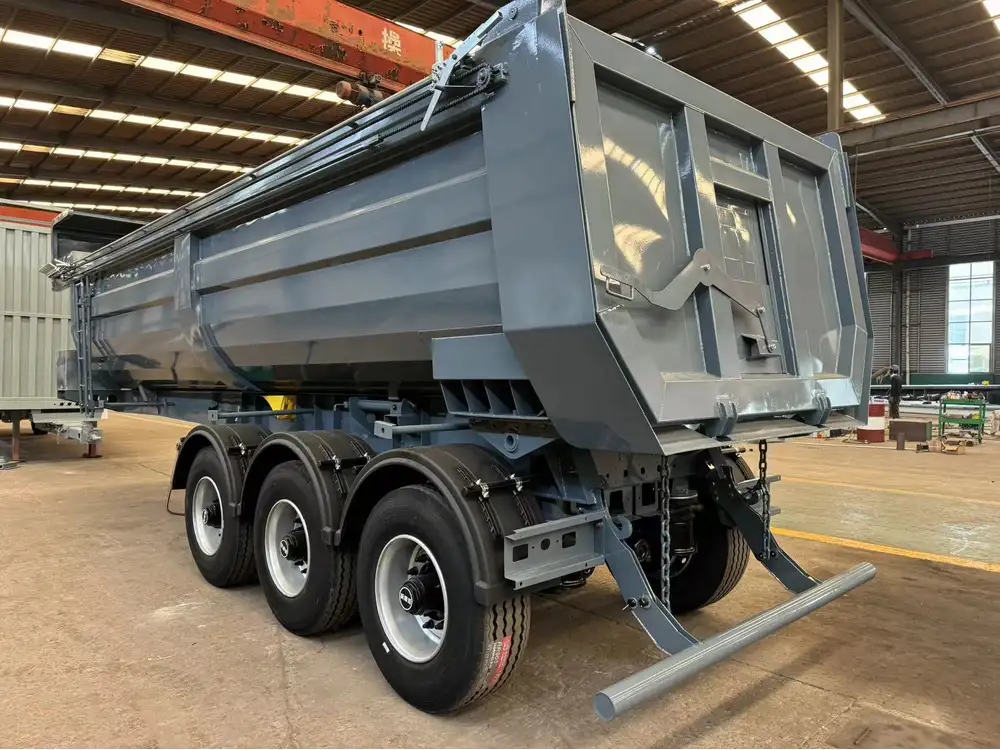Understanding the capacity of a semi-trailer is vital for logistics companies, car manufacturers, and distributors. This article delves into the details of car transport via semi-trailers, addressing key questions concerning their capacity, efficiency, and various factors affecting the number of cars they can transport.
Understanding Semi-Trailer Dimensions
Standard Sizes of Semi-Trailers
Semi-trailers come in various sizes that significantly influence their cargo capacity. Common dimensions include:
| Type of Semi-Trailer | Length (Feet) | Width (Feet) | Height (Feet) | Max Weight Capacity (Pounds) |
|---|---|---|---|---|
| Standard 53’ Trailer | 53 | 8.5 | 13.5 | 80,000 |
| Car Hauler | 48-53 | 8.5 | 13.5 | 65,000 – 80,000 |
| Lowboy | 48-53 | 8.5 | Variable | 40,000 – 80,000 |
The total volume and surface area of these trailers determine how many cars can be loaded onto them.

Types of Trailers Used for Car Transport
Car transport requires specialized trailers designed to maximize efficiency and minimize damage. The two primary types of semi-trailers for car transport are:
Open Car Haulers
These trailers are equipped to hold multiple vehicles externally, providing quick loading and unloading but limited protection from the elements.Enclosed Car Haulers
These have walls and ceilings that protect vehicles from external factors. They can fit fewer cars due to added weight and design complexity.
Calculating Car Capacity on Semi-Trailers
Factors Influencing Car Capacity
Several factors affect how many cars can fit on a semi-trailer. Let’s break them down:
Vehicle Size and Type
- Compact Cars: Typically, 7-8 compact cars can fit on a standard open car hauler.
- Sedans: Smoothly, 5-6 sedans can be comfortably loaded.
- SUVs and Trucks: Larger vehicles reduce capacity, with maybe 4-5 fitting on average models.
Loading Configuration
Car haulers can be configured in multiple tiers:- Single Deck: All cars on one level, typically accommodating fewer vehicles.
- Double Deck: Maximizes space with two levels but poses height restrictions.
Regulatory Limitations
Weight regulations play a crucial role. The Federal Motor Carrier Safety Administration (FMCSA) mandates that no truck can exceed 80,000 pounds in gross vehicle weight, including the semi-trailer.

Example Calculations
Utilizing various car types, a rough estimate of how many can fit on a standard 53-foot car hauler might look like this:
| Vehicle Type | Average Weight (Pounds) | Approx. Number Fitting on a 53’ Trailer |
|---|---|---|
| Compact Car | 2,500 | 7-8 |
| Sedan | 3,000 | 5-6 |
| SUV | 4,500 | 4-5 |
| Pickup Truck | 5,000 | 3-4 |
Practical Considerations for Car Transportation
Loading and Unloading Procedure
Efficient loading is critical to maximize the number of cars transported and reduce damage risks. Here’s a concise guide to effective loading procedures:
- Preparation: Ensure the trailer is clean and free of debris.
- Check Vehicle Specs: Confirm the dimensions and weight of each vehicle.
- Use of Loading Ramps and Winches: Ensure that the loading process is safe.
- Properly Secure Vehicles: Use straps and chains to prevent movement during transport.

Safety Measures during Transportation
Ensuring the safety of vehicles during transit is paramount. Here are essential safety practices:
- Regular Inspections: Conduct inspections on both vehicles and the semi-trailer.
- Weight Distribution: Maintain even weight distribution to avoid handling issues.
- Compliance with Traffic Regulations: Adhere to local and federal weight limits.
Advantages of Using Semi-Trailers for Car Transport
Cost-Effective Solution
Transporting cars via semi-trailer is often more economical compared to other methods like air or rail. This is primarily due to:
- Higher Capacity: Transporting multiple vehicles on one trailer reduces trips.
- Fuel Efficiency: Transporting large numbers of cars at once decreases per-unit fuel consumption.

Versatility and Flexibility
Semi-trailers can accommodate diverse vehicle types—from sedans to commercial vans—all within the same transport unit, making them a preferred choice for various logistical operations.
Challenges in Car Transport via Semi-Trucks
Despite their many advantages, using semi-trailers for car transport presents challenges that manufacturers and logistics companies must confront.
Weather and Environmental Factors
Apart from road conditions, adverse weather (such as rain, snow, or extreme heat) can affect loading and transportation conditions. Enclosed trailers mitigate this but add costs and complexity.

Regulations and Compliance
Adherence to state and federal regulations remains a hurdle:
| Regulation Type | Description |
|---|---|
| Weight Limits | No more than 80,000 lbs total for trailer |
| Size Limits | Must adhere to height and width restrictions |
| Safety Standards | Compliance with safety inspections and equipment |
Risk of Damage
Transporting vehicles always entails a risk of damage. Using quality straps, carefully loading processes, and reviewing insurance options are essential steps to mitigate this risk.
Conclusion
Determining how many cars fit on a semi-trailer involves consideration of various factors including vehicle type, trailer configuration, and regulatory guidelines. It is a detailed process that, when executed correctly, offers advantages in efficiency, versatility, and cost-effectiveness. Understanding the intricacies of semi-trailers enables manufacturers and logistics companies to optimize their operations, ensuring smooth transportation that meets customer needs.



